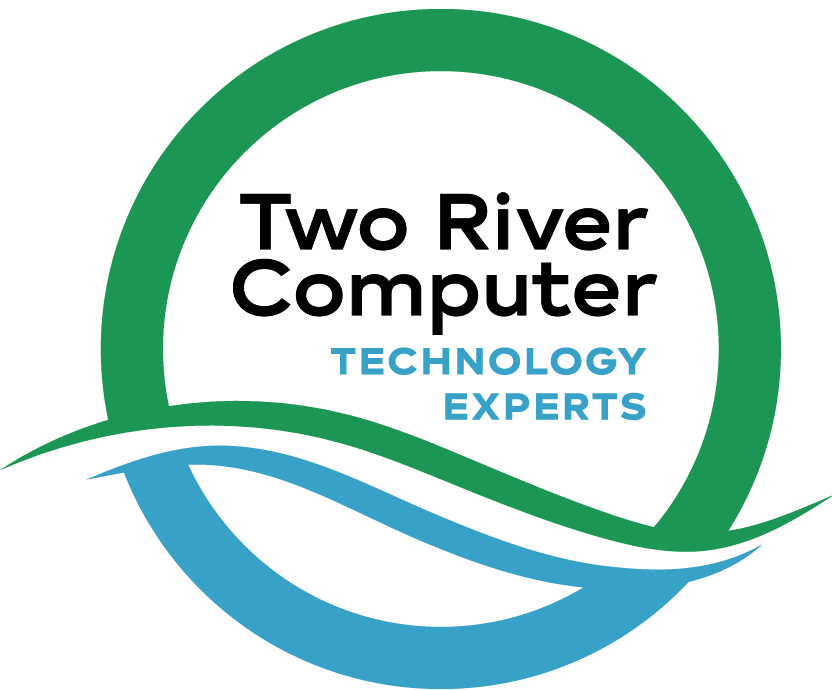
In today’s rapidly evolving technological landscape, businesses are constantly seeking ways to improve their operations while also being conscious of their environmental impact. Striking a balance between cost-saving measures and sustainability has become more critical than ever before.
At Two River Computer, we have seen firsthand how incorporating sustainable technology practices can lead to significant cost savings. In this article, we will share insights into various strategies that can help your business save money while contributing to a greener planet.
Assessing Current Technology Infrastructure
Before diving into cost-saving and sustainable practices, it’s crucial to understand where your business stands in terms of technology. Conducting a thorough assessment of your current technology infrastructure is the first step towards making informed decisions. Consider the following points:
- Inventory and Audit: Start by creating an inventory of all your technology assets, including hardware and software. Assess their age, efficiency, and relevance to your current operations.
- Energy Consumption: Evaluate the energy consumption of your IT equipment. Older devices tend to be less energy-efficient and can significantly increase utility costs.
- Carbon Footprint: Calculate your technology’s carbon footprint. This includes not only energy usage but also the environmental impact of manufacturing and disposal of equipment.
Cost Savings Through Virtualization
Virtualization is a technology practice that can lead to substantial cost savings while reducing the need for physical hardware. Here are some key aspects to consider:
- Server Virtualization: Consolidate multiple physical servers into virtual machines (VMs) running on a single physical server. This reduces hardware costs, energy consumption, and cooling requirements.
- Desktop Virtualization: Implementing virtual desktop infrastructure (VDI) can reduce the need for individual workstations, lowering hardware costs and streamlining management.
- Cloud Computing: Utilize cloud services for scalability and flexibility. Cloud providers offer pay-as-you-go pricing models, reducing the need for large upfront investments in infrastructure.
Energy Efficiency and Sustainability
As we strive to save money, we must also consider the environmental impact of our technology practices. Here’s how you can align cost savings with sustainability:
- Energy-Efficient Hardware: Invest in energy-efficient hardware, such as ENERGY STAR-rated computers and servers. These devices consume less power without compromising performance.
- Renewable Energy Sources: Consider sourcing your energy from renewable sources like solar or wind power. This not only reduces your carbon footprint but may also lead to long-term energy cost savings.
- Green Data Centers: If you manage an on-premises data center, explore the concept of green data centers. These are designed for maximum energy efficiency and minimal environmental impact.
Reducing E-Waste
Electronic waste, or e-waste, is a growing concern. Disposing of outdated technology responsibly is both environmentally friendly and cost-effective. Here are some ways to tackle this issue:
- Recycling Programs: Establish a recycling program for old electronics. Many manufacturers and retailers offer take-back programs or recycling services.
- Refurbishment: Consider refurbishing older equipment when feasible. Upgrading components like RAM and hard drives can extend their lifespan and postpone the need for replacements.
- Donations: Donate functional but no longer needed equipment to schools, nonprofits, or community organizations. This not only reduces waste but also benefits those in need.
Remote Work and Telecommuting
The COVID-19 pandemic accelerated the shift toward remote work, and many businesses have realized the benefits of this arrangement. Implementing remote work policies can lead to cost savings and sustainability gains:
- Reduced Office Space: With fewer employees in the office, you may require less physical office space, resulting in lower rent and utility costs.
- Less Commuting: Reduced commuting not only saves employees time and money but also decreases carbon emissions from transportation.
- Virtual Meetings: Embrace virtual meetings and collaboration tools to reduce the need for travel. This saves money on transportation expenses and reduces your company’s carbon footprint.
Optimizing Software Licensing
Software is a significant expense for many businesses, but there are ways to optimize licensing and reduce costs:
- License Audits: Regularly audit your software licenses to ensure compliance. Eliminate unused or unnecessary licenses.
- Open Source Software: Explore open source software alternatives. Many open source applications can replace costly proprietary software.
- Cloud-Based Software: Consider cloud-based software solutions that offer flexible pricing based on usage. This can eliminate the need for expensive upfront software licenses.
Employee Training and Awareness
Your employees play a crucial role in adopting cost-saving and sustainable technology practices. Investing in training and fostering awareness can lead to more effective implementation:
- Training Programs: Provide training programs to educate employees about energy-efficient practices, responsible e-waste disposal, and the use of sustainable technology.
- Incentives: Implement incentives for employees who actively contribute to cost-saving and sustainability initiatives.
- Employee Suggestions: Encourage employees to share their ideas for reducing costs and improving sustainability within the organization.
Measuring and Reporting Progress
To ensure that your cost-saving and sustainable technology practices are effective, it’s essential to measure and report progress. Consider the following:
- Key Performance Indicators (KPIs): Define KPIs related to cost savings, energy efficiency, and sustainability. Regularly track and analyze these metrics.
- Transparency: Communicate your progress to stakeholders, including employees, customers, and investors. Transparency builds trust and encourages accountability.
- Continuous Improvement: Use the data and feedback collected to identify areas for improvement and refine your technology practices.
Implement Sustainable Technology
Incorporating cost-saving and sustainable technology practices into your business operations not only benefits your bottom line but also demonstrates your commitment to environmental responsibility. By assessing your current technology infrastructure, embracing virtualization and remote work, optimizing software licensing, and fostering employee awareness, you can achieve significant savings while contributing to a greener planet.
At Two River Computer, we are dedicated to helping businesses implement these practices to reduce costs and enhance sustainability. Contact us to learn more about how we can assist your organization in achieving its cost-saving and sustainability goals. Together, we can make a positive impact on both your budget and the environment.


